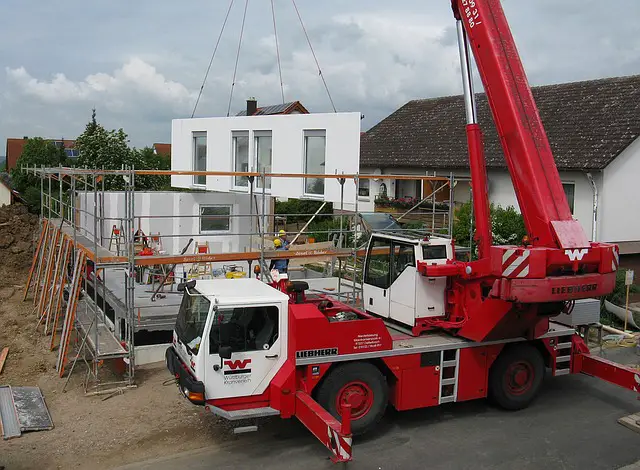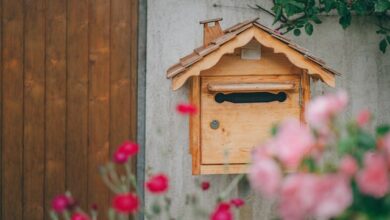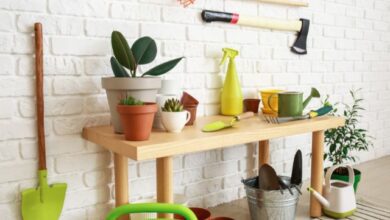How to Choose Top Green Building Material for Your Home

There is no one-size-fits-all answer to the question of what is the best green building material. Different materials work better in different climates and environments. What’s more, each material has its unique benefits and drawbacks concerning sustainability.
That being said, there are several factors you need to take into account when choosing a green building material for your home.
The environment your home is in
The first thing you need to consider is the environment your home is in. Different materials work better in different climates and environments. For example, if you live in a cold climate, you might want to choose a material that will help keep your home warm, like straw bales or cellulose insulation. On the other hand, if you live in a hot climate, you might want to choose a material that will help keep your home cool, like bamboo or rammed earth.
Additionally, you need to consider the specific environment your home is in. If your home is in an area with a lot of rain, you might want to choose a material that is resistant to mold and mildew, like concrete or stone. One of the best corrugated roofing options for homes in rainy areas is metal roofing. And, if your home is in an area with a lot of wind, you might want to choose a material that is hurricane-resistant, like cementitious siding or impact-resistant glass.
The style of your home
The second factor you need to consider is the style of your home. Different materials can be better or worse suited to different styles of homes. For example, if you have a traditional home, you might want to choose a material that is commonly used in traditional construction, like brick or wood. On the other hand, if you have a modern home, you might want to choose a material that is more common in modern construction, like concrete or steel.
Aldo, pay attention to the neighborhood. If all the homes around you are made of wood, choosing a different material for your home might make it stand out too much and decrease its curb appeal.
The size of your home
Different materials can be better or worse suited to different-sized homes. If you have a small home, you might want to choose a material that is light and easy to work with, like straw bales or cellulose insulation. On the other hand, if you have a large home, you might want to choose a material that is strong and durable, like concrete or steel.
Additionally, you need to consider the specific needs of your home. If your home is very tall, you might want to choose a material that is good at resisting wind, like concrete or stone. If your home is very large, you might want to choose a material that is good at resisting fire, like cementitious siding or impact-resistant glass.
Your budget
Of course, one of the most important factors you need to consider is your budget. Some green building materials can be quite expensive, like bamboo or rammed earth. If you’re on a tight budget, you might want to choose a more affordable material, like cellulose insulation or metal roofing.
You should also pay attention to the long-term costs of materials. Some materials, like concrete or steel, can last for decades with little to no maintenance. Other materials, like wood or bamboo, require more regular upkeep and replacement. There are also some green building materials, like solar panels or wind turbines, that require a significant initial investment but can save you money in the long run.
Your needs
Another important factor to consider is your needs. What are you looking for in a green building material? Do you need something that is fire-resistant? Water-resistant? Mold-resistant? Soundproof? Strong? Flexible? Different materials have different benefits and drawbacks to sustainability, so it’s important to choose a material that meets your specific needs.
There is also a question about your preferences. Some people prefer materials that are natural and earthy, like bamboo or rammed earth. Others prefer materials that are more modern and industrial, like concrete or steel. Ultimately, the best green building material for your home is the one that you prefer.
Your skills and experience
Another important factor to consider is your skills and experience. Some green building materials are quite difficult to work with, like bamboo or rammed earth. If you’re not an experienced builder, you might want to choose a material that is easier to work with, like cellulose insulation or metal roofing.
You should also pay attention to the skills of the contractors you’ll be working with. If you’re working with a contractor who isn’t experienced with green building materials, you might want to choose a material that is more common and easier to work with, like concrete or steel.
Additionally, you need to consider the climate. Some green building materials are only suitable for certain climates, like straw bales or cellulose insulation. If you live in an area with extreme weather conditions, you might want to choose a material that is specifically designed for your climate, like cementitious siding or impact-resistant glass.
Your local resources
Another important factor to consider is your local resources. Some green building materials are only readily available in certain parts of the world, like bamboo or rammed earth. If you live in an area where these materials are not readily available, you might want to choose a material that is more common and easier to find, like cellulose insulation or metal roofing.

You should also pay attention to the availability of skilled labor in your area. If you live in an area where there are not many contractors experienced with green building materials, you might want to choose a material that is more common and easier to work with, like concrete or steel.
When choosing a green building material for your home, there are many factors to consider. Your budget, needs, skills and experience, and local resources are all important considerations. Additionally, you need to pay attention to the climate in your area. Some materials are only suitable for certain climates. Ultimately, the best green building material for your home is the one that meets your specific needs and is available in your area.





